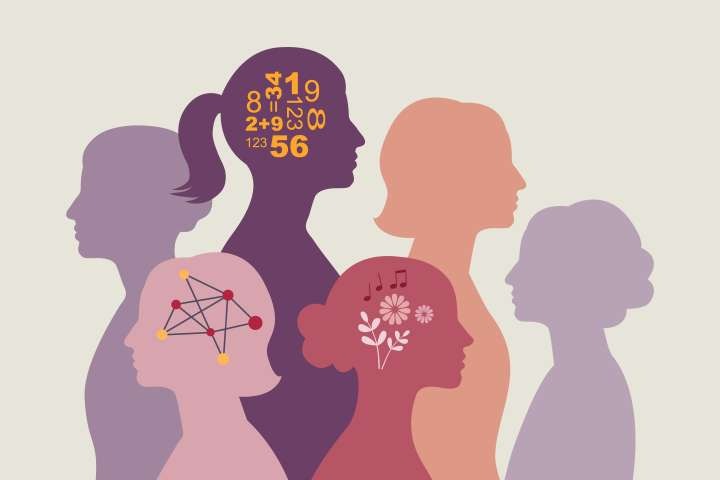
How to recognize ADHD in women
- September 13, 2019
- 19 Likes
- 3 Comments
Although attention deficit hyperactivity disorder (ADHD) does not discriminate — people assigned female or male at birth can both have it — diagnosis often does. And while young boys are the group most likely to receive — and be treated for — an ADHD diagnosis, it very commonly goes unrecognized in girls.
That means those girls grow to adulthood without ever receiving treatment to help them manage life with ADHD. Without proper treatment, people assigned female at birth who have ADHD can experience difficulties completing everyday tasks, managing careers and having successful relationships.
Why ADHD is underdiagnosed in women
ADHD is underdiagnosed in women because it’s underdiagnosed in girls. The condition typically presents itself during childhood or adolescence. And that is when most cases — especially in boys — are diagnosed.
Gender bias helps explain why boys are more likely than girls to be diagnosed with ADHD. Boys who have ADHD most often display hyperactive behaviors. They’re the ones who might have a hard time sitting still and disrupt the classroom. In other words, their behavior is hard for teachers and parents to ignore and leave untreated.
Girls with ADHD are less likely to have disruptive behavior. Instead, the condition shows up more as an inability to focus and pay attention. But again, gender stereotypes play a role. Girls who can’t focus or pay attention in class may be accused of daydreaming or being a bit flighty — rather than getting assessed for ADHD.
Signs of ADHD in women
ADHD tends to look different in girls and women than it does in boys. In young girls, symptoms of ADHD may include:
- Disorganization
- Distraction
- Fidgeting
- Forgetfulness
- Losing things
- Mental health issues, including depression or anxiety
Like boys, girls with ADHD can have trouble navigating school successfully, but they may not get the help they need.
As girls with ADHD mature into women, their symptoms continue. And without treatment, they can lead to difficulties handling adult responsibilities and interactions. Women with ADHD may have trouble managing their finances, keeping their homes organized, having successful careers or maintaining healthy romantic relationships.
Years — even decades — of living with untreated ADHD can also take a toll on women’s self-esteem and mental health. They may feel like failures or blame themselves for being too lazy or too disorganized to cope with all that adult life demands of them.
That self-blame can sometimes lead to self-destructive behaviors and other challenges. Women with ADHD are more likely to also suffer from:
Cutting or other methods of self-harm
Eating disorders
Insomnia
Mood disorders, such as anxiety or depression
Substance use (drugs or alcohol)
3 Comments
Ava Nguyen
mantap
Ava Nguyen
oke
Ava Nguyen
uuuu